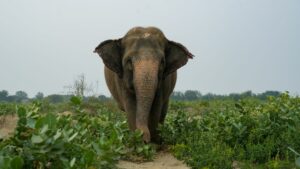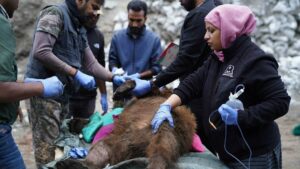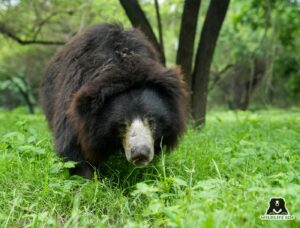When most people imagine a thriving forest, they picture a canopy of green, with dappled light filtering through tall trees, and wildlife roaming freely beneath. And when we think of elephants, majestic, wide-roaming, deeply intelligent animals, we assume that as long as there’s forest, they must be doing fine.
But elephants don’t simply need any forest; they depend most on secondary forests, where shrubs, climbers, and grasses grow in abundance. A green canopy alone may look impressive, but if it offers little food or shade at ground level, it can still fail the elephants who depend on it.
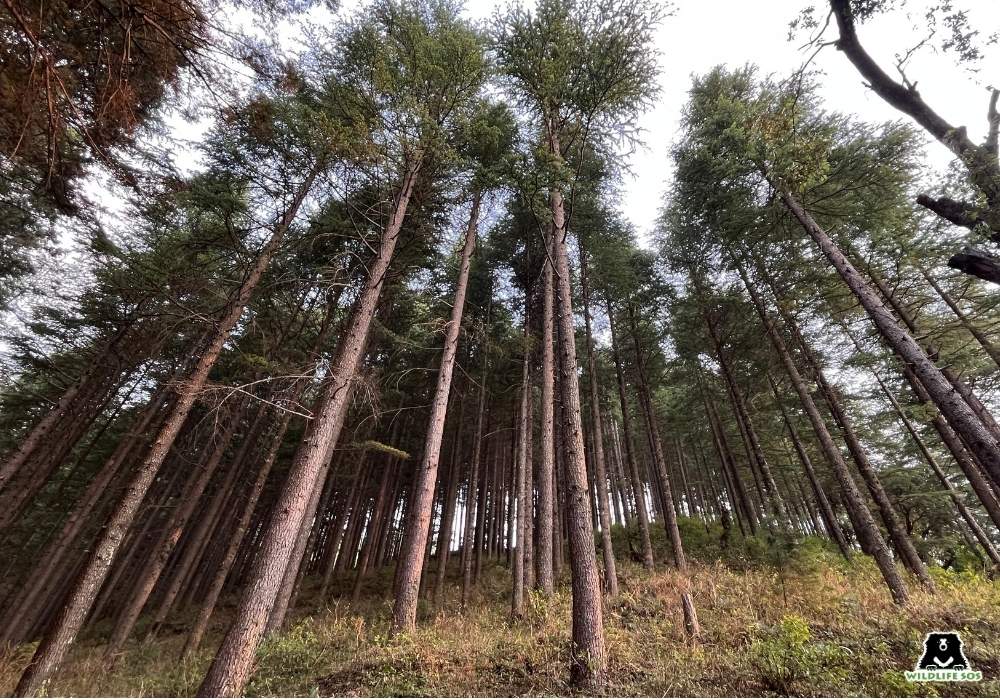
- A forest may seem lush and dense, but without food, shade, and shelter, it can still fail the elephants who depend on it. [Photo © Wildlife SOS/ Suryoday Singh Maan]
But what if that assumption is wrong?
Between 2018 and 2021, Wildlife SOS, in collaboration with the Chhattisgarh Forest Department, conducted a series of extensive studies to understand the movement, behaviour, and habitat preferences of wild elephants in the Mahasamund and Balodabazar forest divisions. The findings documented under “Technical Report Radio Collaring & Early Warning Alert System of Human-Elephant Conflict Mitigation Project in Chhattisgarh State 2018-2021” shed light on an often-overlooked truth that not all green forests are good for elephants.
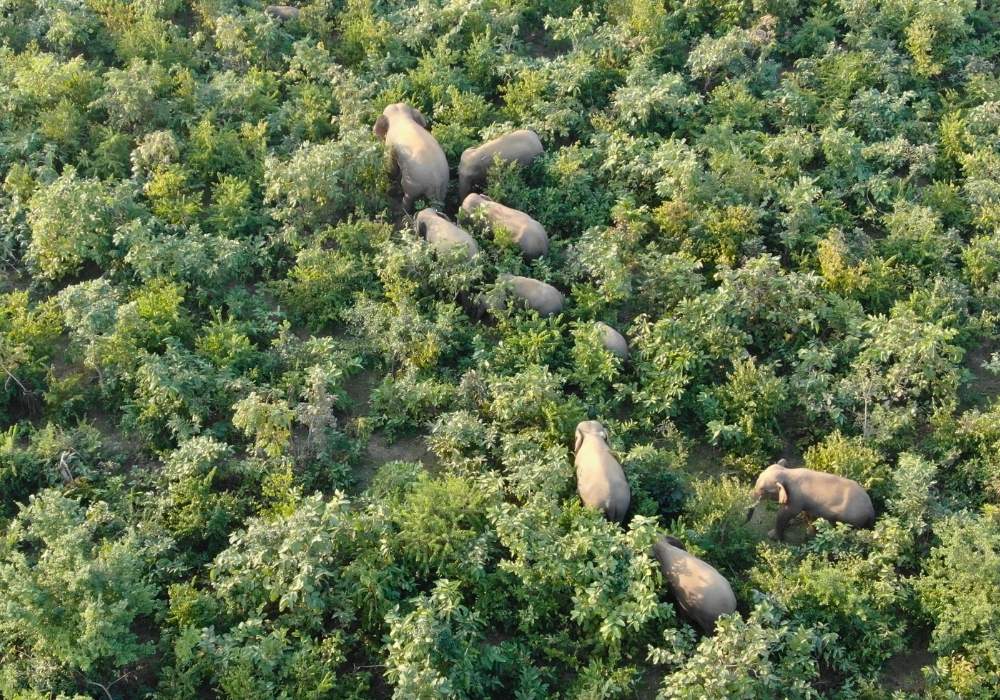
- Drone view of elephants calmly traversing through the forest, a revelation of how their lives are deeply intertwined with what the forest offers. [Photo © Chhattisgarh Forest Department]
At an initial glance, much of the study area in central Chhattisgarh appears lush and green. There is plenty of tree cover and leafy undergrowth, and from a distance, it looks like the perfect habitat for wild elephants. But on closer inspection, the team discovered that elephants were avoiding many of these “green” areas. And the reasons behind this tell us a lot about what real conservation should look like. To understand this behaviour, we need to start by asking…
What does an elephant actually need from a forest?
For starters, elephants are not indiscriminate feeders. While they do eat a wide variety of vegetation, from grasses and shrubs to trees and creepers, they also show clear preferences. In fact, elephants prefer secondary forests over dense primary ones, because secondary growth is richer in shrubs, grasses, and climbers that they can easily consume. As bulk feeders, elephants require a lot of food daily, and secondary forests provide the accessibility and diversity of plants to meet this need. The three key ranges that our Wildlife SOS team surveyed were Mahasamund, Rawan, and Lawan. Here, our researchers recorded the presence of 90 different plant species, of which 16 species stood out as primary food sources for elephants. These included bamboo (Bamboosa arundinacea), oleander (Odium odorum or Nerium odorum), bidi leaf tree (Bauhinia racemosa), mahua (Madhuca longifolia), Indian coral tree (Erythrina suberosa), and Indian frankincense (Boswellia serrata). However, the pressures are now spreading to interior areas, and the team recorded large numbers of cut and stacked stems of plants like Indian redwood (Soymida febrifuga), Bengal quince (Aegle marmelos), ebony tree (Diospyrus melanoxylon), Brilliant Gardenia (Gardenia resinifera), clearing nut tree (Strychnos potatorum) and cutch tree (Acacia catechu) during vegetation sampling. These forests, although appearing green to the eye, were becoming functionally empty. Elephants also act as ecosystem engineers, as they pass through dense primary forests, their movement opens up gaps in the canopy, making way for shrubs and grasses to grow, gradually encouraging secondary forest that better supports their own needs.
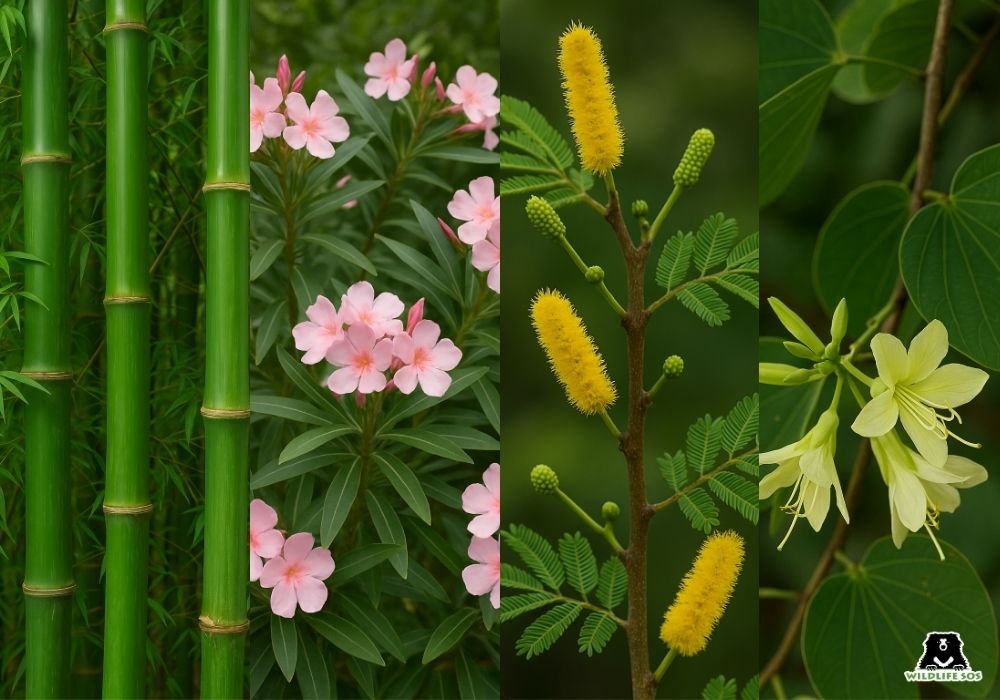
- (Left to right) Bamboo, oleander, khair, and bidi leaf tree are the forest staples elephants feed on the most in central Chhattisgarh. [Photo © Wildlife SOS/ Aditya Mitra]
But is food the only factor?
Certainly not! Shade plays an equally important role for elephants in their habitat. These are large animals, and they generate and retain a lot of body heat. During hotter months, especially in the middle of the day, they need dense, tall trees to rest under. Yet in many parts of Mahasamund, past logging and clear-felling had left behind young, short trees and open canopies, providing little relief from the sun. Elephants are left to choose from only the narrow strips along streams or deep valleys that offer usable shade. In the Rawan Range, where tree height, vegetation density, and shade were all markedly better, elephants were observed more frequently here, often using shaded valleys as resting areas. Though still under pressure from human encroachment, the forest structure in Rawan is more closely aligned with the needs of its wild residents. Here again, secondary forests play a role; they provide the patchy structure of open forage areas interspersed with tall trees that elephants use for resting and shelter. Primary forests, with their dense canopy, often lack this balance.
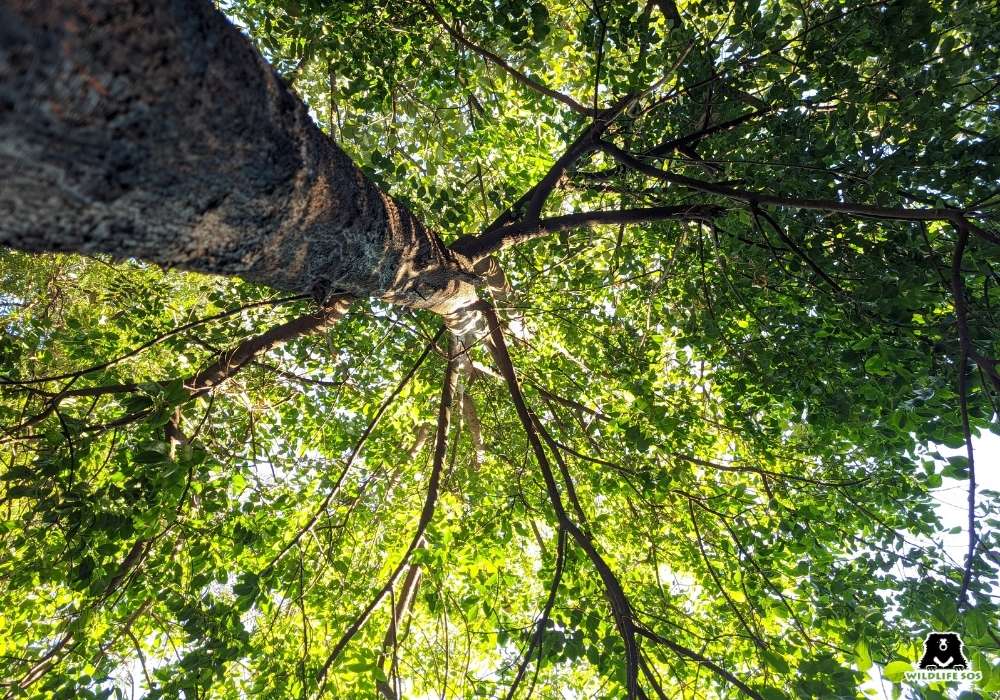
- In the heat of the day, tall trees offer elephants the precious shade they need to rest and recover. [Photo © Wildlife SOS/ Akash Dolas]
What else?
Human disturbance further complicates the picture. Villages bordering the forests contribute to constant grazing pressure, fuelwood collection, and forest degradation. In Mahasamund, these pressures extend well into the forest. Livestock consume the grass, while invasive weeds take hold. The undergrowth becomes thick and tangled, but not with plants that elephants eat. In fact, in some places, field teams found that elephants had trampled down thorny thickets of invasive plants such as Lantana camara, just to reach tiny patches of palatable grass — a sign of desperation, not abundance.
But how does this affect us?
All of this leads to a crucial realisation. Even in areas which have been officially classified as forested, elephants may find themselves without food, resting places, or even room to roam around. Therefore, it also shouldn’t surprise us when many of them venture into human settlements in search of more palatable and nutritious food. During the harvest season, crop fields provide options in large quantities, like calorie-dense paddy and maize, to pachyderms that are ‘starved’ of nourishment in their ‘green’ forests. Their arrival leads to encounters and conflict, often resulting in the loss of crops or the lives of humans and precious wildlife. While it’s easy to blame elephants for such incidents, this report reminds us that the real problem is habitat quality, not just habitat loss. A forest can appear lush and green and still fail to meet the basic needs of its wild inhabitants. This is especially true in Chhattisgarh, where elephants originally ranging in Odisha were pushed into smaller, fragmented patches of secondary forests. These patches, though nutritionally more valuable, are simply not large or connected enough to sustain them, forcing elephants into villages and farmlands.

- Deprived of food and shade in degraded forests, elephants stray into crop fields, sparking conflict with humans. [Graphic © Wildlife SOS/ Harsh Vardhan]
This is a critical lesson for conservation policy. Reforestation programmes that focus only on increasing tree cover without considering the type of vegetation, the availability of food plants, or the presence of shade and water may do little for elephants or any other wildlife—simply planting more trees to create “green” cover risks producing primary forests that elephants cannot actually use. What matters is regenerating secondary forests and ensuring they remain connected.
While reforestation, we need to reconsider and redefine what a “good forest” should look like: it means protecting and regenerating known and native species that serve as food for elephants and the rest residing in the ecosystem. It means managing livestock grazing and reducing human-induced pressures on forest interiors. It means restoring canopy cover, especially along river valleys and traditional elephant corridors. And it means understanding forests not as static green zones on a map, but as dynamic ecosystems that need to work for the animals they’re meant to shelter. In Chhattisgarh, our work follows the state’s conflict management strategy, from community-led patrols and early-warning systems to bringing reserve forests like Barnawapara under sanctuary protection. We also enrich elephant habitats by aiding natural regeneration, safeguarding corridors, and reducing forest fires. With protection, quality habitats, and local participation, coexistence becomes possible — for elephants and all wildlife sharing their range.
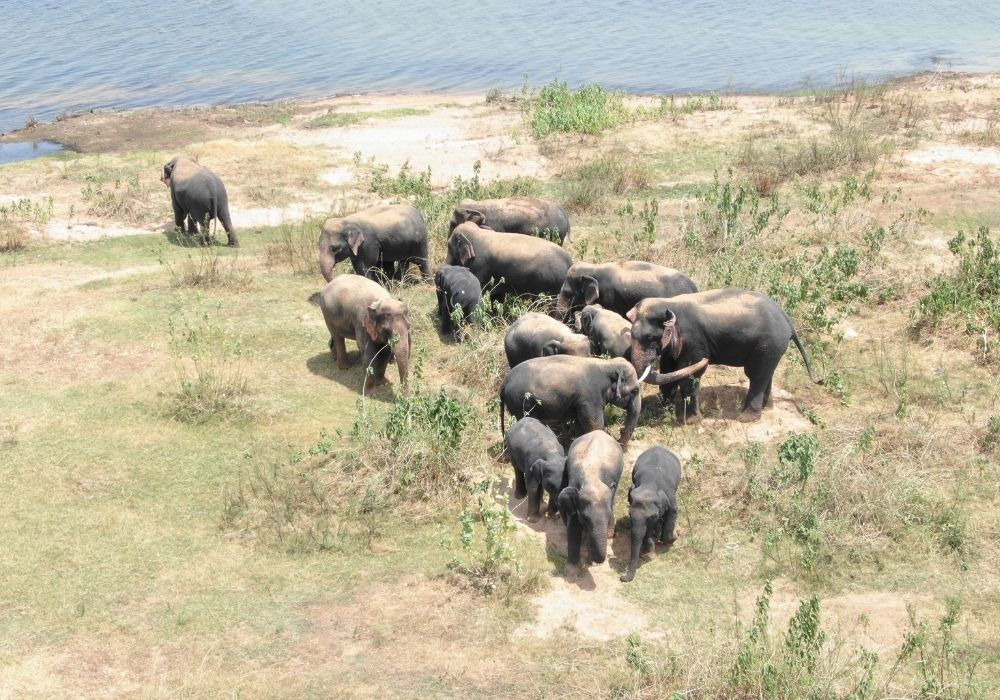
- In Chhattisgarh, true elephant conservation means restoring secondary forests, protecting corridors, and involving local communities to ensure that forests meet the real needs of wildlife. [Photo © Chhattisgarh Forest Department]
Elephants are a keystone species, which means that maintaining their habitat promises to maintain an entirely balanced ecosystem. As shapers of their environment, elephants themselves help turn primary forest into secondary growth that benefits countless other species. Habitat restoration, therefore, must focus not just on saving old growth, but on creating the right mix of forest types.
If our forests don’t support the creatures that depend on them, what are we really conserving? The forests of central Chhattisgarh tell a powerful story, and it’s time we listened. Not all green forests support elephants. Our study revealed that elephants depend heavily on secondary forests, and when these are fragmented or degraded, they are pushed into farms, fueling conflict. Real conservation, therefore, must go beyond “tree cover” to prioritise the health, diversity, and connectivity of secondary forests.
Read more about our efforts to mitigate human-elephant conflict here.
Feature image: Akash Dolas / Wildlife SOS

